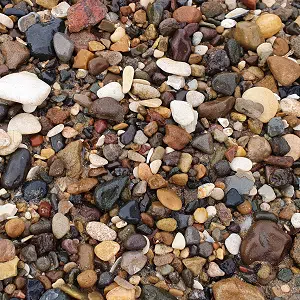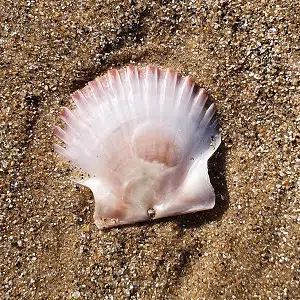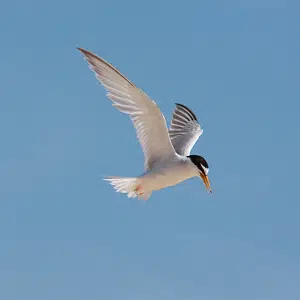Greater Wash Special Protection Area conserves a large section of the east coast and is important for multiple breeding and non-breeding birds
The Special Protection Area covers a large area of the east coast, from East Yorkshire southwards and into Suffolk. Significant breeding and non-breeding populations of birds use the protected waters for foraging during the summer and winter months. This includes red-throated diver, common scoter, little gull, Sandwich tern, common tern and little tern.
The site includes a range of marine habitats, including the intertidal mudflats and beaches of the Holderness Inshore Marine Conservation Zone. Much of the subtidal area is shallow, with the sandy sediments on the seabed creating perfect habitat for small shoaling fish.
Map of the SPAHow is the protected area managed?
The Greater Wash SPA covers both the inshore and offshore (beyond 12 nautical miles) area, which means that both Natural England and the Joint Nature Conservation Committee have management responsibilities. Many activities which take place within the SPA, such as fishing and developments, are already regulated by the Marine Management Organisation and the Inshore Fisheries and Conservation Authorities. Conservation Advice is currently being prepared for the site by Natural England. Once complete, this document will highlight the site pressures, existing management measures and any new actions that may be needed to make sure the site reaches it’s conservation goals.
The SPA overlaps or intersects with numerous other marine protected areas (MPAs) along the east coast of England. These include the Holderness Inshore and Offshore MCZs, the Humber Estuary SPA, SAC and RAMSAR sites, and the Wash and North Norfolk Coast SPAs.
The Greater Wash SPA sits outside of the YMNP’s MPA Management Group. However, advice and guidance for partners with direct responsibility or interest in the site is still available.
More information
Features of the SPA
This huge marine protected area covers approximately 3,536 km² of coastal and offshore waters. It supports important foraging grounds for significant populations of Common Scoter, Red-Throated Diver and Little Gull. The site also protects nationally-important populations of Sandwich, Little and Common Terns during the breeding season.
Covering a range of intertidal and subtidal habitats, the SPA is varied and dynamic, yet much of the water is less than 30m in depth.
More informationLinked projects and further information…



